SALISBURY, N.C. – One class, so many reasons for enrolling.
As the latest American Sign Language (ASL) course wrapped up at Rowan-Cabarrus Community College, students reflected on their personal reasons for attending and talked about the importance of learning to communicate with different populations.
John Middleton of Concord took the class with his wife and son as a family activity. His son uses a hearing aid and currently communicates through hearing and lip-reading, and his father is hard of hearing but does not know sign language. The family felt the class would bring them closer and help them communicate better with one another.
“I found something gradually happen as I went through the class,” Middleton said. “Many signs are actions of the words they represent. For example, the sign for drinking looks like you are holding a cup as you take a sip. I started using these action signs around my father, and he immediately understood what I was saying. Before, I had to speak slowly and repeat myself often.”
Under the guidance of instructor Rachel Megahan, who is deaf herself, the class met once a week for six weeks to master the signing and finger-spelling basics of American Sign Language, a unique language expressed by movements of the hands and face.
Megahan, who was born deaf to hearing parents, has taught ASL classes at Rowan-Cabarrus for the past three years and enjoys teaching people to communicate with and understand the lives of those with hearing impairments.
“It is always good to have another way to communicate with people who do not speak. Living in a hearing world is not easy,” Megahan said. “Even if it is for minor things, like the bathroom is on your left, or for something bigger, such as checking to see if someone is OK after a car accident, it makes it easier to be able to help other people when needed.”
As the primary language used by many North Americans who are deaf or hearing-impaired, ASL also is used by many hearing people. Although it contains the fundamental features of spoken language, ASL is completely separate from English and includes functions specific to those with hearing impairments. For example, in spoken English, a question may be denoted by voice pitch or adjusting the word order of a sentence, while ASL users ask questions by raising their eyebrows, widening their eyes and/or tilting their bodies forward.
It was the third Rowan-Cabarrus ASL course for 23-year-old Madalyn Liefert of Concord, who returned to accompany her father, Eric, for his first foray into sign language.
A Concord firefighter, Eric Liefert said he likes feeling more confident that he could conduct basic communication if he were to encounter a hearing-impaired person, either on the job or while out in the community.
“I was intrigued and pleasantly surprised,” he said. “Factoring in the price, versus how much you learn, I found the class invaluable. I highly recommend it and will be pursuing the next levels of sign language classes as long as they continue to offer them.”
For their final class, students gave presentations about their lives in sign language, with some using photos to support their narrative.
Just as with other languages, the way individuals express themselves in ASL differs with the person. There are regional “accents” and “dialects,” and as with English, one person’s ideas and method of conveying them differ from everyone else’s. Class members used ASL body gestures, hand movements and facial expressions such as furrowed or raised eyebrows to get their meaning across. ASL also uses a finger-spelling alphabet to communicate proper names and certain English words.
The ASL class is one of the many personal enrichment courses that Rowan-Cabarrus offers through its corporate and continuing education division. Classes ranging from home gardening to conversational Spanish are scheduled on a rotating basis.
“I loved this class the first time, and I loved it again. Several members of my family have taken enrichment classes at Rowan-Cabarrus and all have enjoyed them,” Madalyn Liefert said. “I originally took the classes after becoming interested in the language from a TV show. It is absolutely important to learn how to communicate with others the best you can. Those who are deaf don’t have a choice to learn another language or have another way to communicate, so why not take the time to learn about the life they live every day?”
